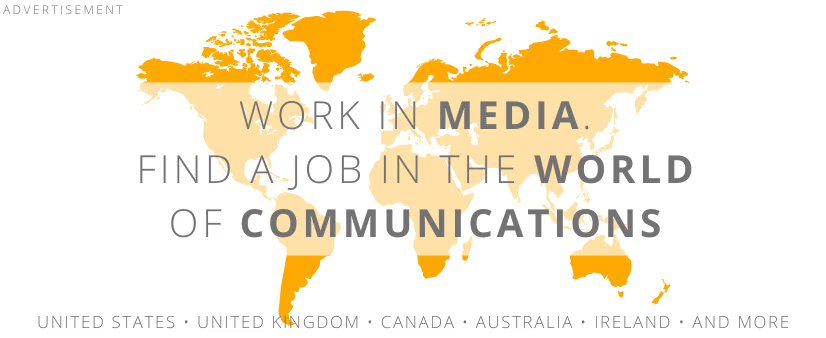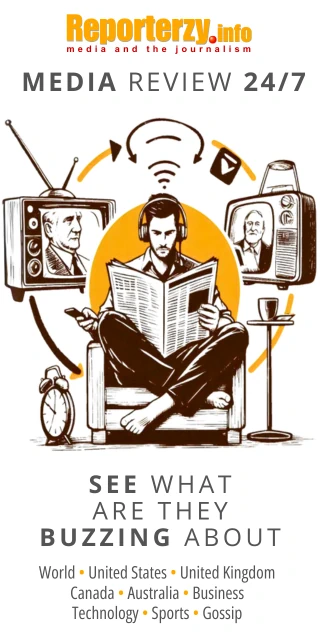- The total number of ad impressions is approximately 370 million,
- affluent individuals account for 28.4 million impressions,
- individuals in managerial positions generate 7.4 million impressions.
 Source: PBC
Source: PBCAnother key metric is ad engagement. According to PBC, print ads are highly engaging and difficult to overlook.
- 86% of readers notice print advertisements,
- the average visual contact with an ad lasts 8 seconds,
- each reader has an average of 13 ad impressions.
Trust is another factor highlighted by the study, with print advertising scoring high in this regard.
- 77% of readers consider the press a reliable medium,
- 63% find print ad content useful,
- 26% are willing to pay for access to online press content.
PBC`s reports are based on eyetracking studies covering both daily newspapers and magazines. Detailed information on the effectiveness of advertising in the most popular press titles was published in early 2021.
COMMERCIAL BREAK
New articles in section Media industry
Advertising market 2025. Poland, Europe and the World
Marcin Grządka
The global advertising market is growing by 8.8% in 2025 and will reach a value of 1.14 trillion dollars. The industry result in Europe records slightly lower dynamics, at the level of 5.8%. In this comparison, Poland performs clearly above the average. We will record an increase of 8.9% this year and a value of 18.56 billion PLN - estimates WPP Media in the annual report "This Year Next Year".
The print media market 2025. Three global trends
Krzysztof Fiedorek
The market value is 359.53 billion dollars, yet the erosion is visible to the naked eye. The decline for newspapers will amount to -2.3 percent. Despite this, print retains strength: it generates 76 percent of subscription revenues and enjoys 82 percent consumer trust. The future of the industry is defined by hybrid strategies and niche specialization.
Journalism in the age of AI. Why people prefer humans over machines
Krzysztof Fiedorek
Only 12% of people accept news created solely by AI, while 62% prefer those written by humans. At the same time, only 19% notice labels indicating the use of artificial intelligence, while younger audiences ask AI to explain the content to them. These are the findings of the Reuters Institute report on artificial intelligence in media.
See articles on a similar topic:
Automation of Disinformation. Global Risks Report 2025 and Media
Krzysztof Fiedorek
Disinformation and information manipulation have ranked first among global threats in both the two-year and ten-year perspectives. A particularly concerning factor is that social media algorithms often favor controversial or shocking content, further fueling disinformation.
Yellow Press. What is Yellow Journalism?
Krzysztof Fiedorek
The terms "yellow press" and "yellow journalism" are often used pejoratively to describe journalistic practices focused on sensationalism, gossip, and emotions rather than objective facts. Let’s explore their origins, distinctive features, and impact on society.
Reading Industry Magazines in Poland 2024: PBC Report
Sylwia Markowska
76% of readers of industry magazines are responsible for purchasing decisions in their workplace. To deepen the understanding of the role of industry press and how it is read, PBC surveyed 2051 respondents from 5 different sectors, gaining the latest insights into the reading habits of this segment of the press in Poland.
Energy under attack. Disinformation threatens Poland’s power transition
KFi
One in five online messages about energy may be fake. Between 2022 and 2025 nearly 70,000 publications warning and condemning disinformation in this strategic sector were recorded in Polish media. They generated a reach of 1.19 billion impressions.






























